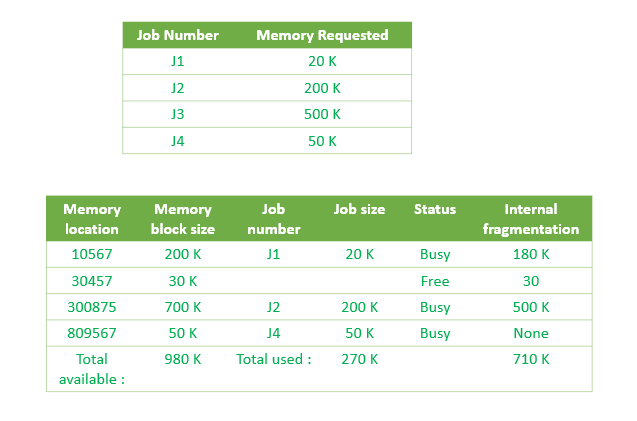
Master the Maximum Sum Increasing Subsequence Problem (DP-14): A Comprehensive Guide
Struggling with dynamic programming problems? This guide breaks down the "Maximum Sum Increasing Subsequence" problem (MSIS), a classic challenge with practical applications in data analysis and algorithm design. You'll learn how to find the subsequence with the largest sum from a given array, ensuring the elements are in increasing order. Let's dive in!
What is the Maximum Sum Increasing Subsequence?
It's about identifying a subset of numbers within a larger array that meet two crucial conditions:
- Increasing Order: The numbers in the subset must be arranged from smallest to largest.
- Maximum Sum: The sum of these numbers must be the highest possible compared to all other increasing subsequences within the array.
For example, in the array {1, 101, 2, 3, 100, 4, 5}, the Maximum Sum Increasing Subsequence is {1, 2, 3, 100}, and its sum is 106.
Why is MSIS important?
Understanding MSIS helps with:
- Optimizing Solutions: Finding the most efficient way to achieve a goal when dealing with ordered data.
- Algorithmic Thinking: Enhancing your problem-solving skills using dynamic programming.
- Real-World Applications: Applicable in finance (analyzing stock trends), bioinformatics (analyzing gene sequences), and more.
Breaking Down the Problem
The core idea is to adapt the well-known Longest Increasing Subsequence (LIS) dynamic programming approach. Instead of focusing on the length of the increasing subsequence, we prioritize the sum.
Dynamic Programming Approach: The Step-by-Step Solution
We'll use an array msis[] to store the maximum sum of increasing subsequences ending at each index of the input array.
- Initialization: Initially, each
msis[i]is set toarr[i]because a single element is an increasing subsequence of itself. - Iteration: We iterate through the array, and for each element
arr[i], we check all preceding elementsarr[j](wherej < i). - Condition Check: If
arr[i] > arr[j](ensuring the increasing order) andmsis[i] < msis[j] + arr[i](checking if addingarr[i]to the subsequence ending atarr[j]increases the sum), we updatemsis[i]tomsis[j] + arr[i]. - Maximization: After the iterations, we find the maximum value in the
msis[]array, which represents the sum of the Maximum Sum Increasing Subsequence.
Code Examples in Multiple Languages
Below you can find implementations of the algorithm in various popular programming languages.
C++ Implementation:
/* Dynamic Programming implementation
of Maximum Sum Increasing Subsequence
(MSIS) problem */
#include <iostream>
using namespace std;
/* maxSumIS() returns the maximum
sum of increasing subsequence
in arr[] of size n */
int maxSumIS(int arr[], int n)
{
int i, j, max = 0;
int msis[n];
/* Initialize msis values
for all indexes */
for ( i = 0; i < n; i++ )
msis[i] = arr[i];
/* Compute maximum sum values
in bottom up manner */
for ( i = 1; i < n; i++ )
for ( j = 0; j < i; j++ )
if (arr[i] > arr[j] &&
msis[i] < msis[j] + arr[i])
msis[i] = msis[j] + arr[i];
/* Pick maximum of
all msis values */
for ( i = 0; i < n; i++ )
if ( max < msis[i] )
max = msis[i];
return max;
}
// Driver Code
int main()
{
int arr[] = {1, 101, 2, 3, 100, 4, 5};
int n = sizeof(arr)/sizeof(arr[0]);
cout << "Sum of maximum sum increasing "
"subsequence is " << maxSumIS( arr, n ) << endl;
return 0;
}
// This is code is contributed by rathbhupendra
C Implementation:
Java Implementation:
Python3 Implementation:
C# Implementation:
PHP Implementation:
Javascript Implementation:
Complexity Analysis
- Time Complexity: O(n^2) due to the nested loops for iteration.
- Space Complexity: O(n) for the
msis[]array.
Key Takeaways
- The Maximum Sum Increasing Subsequence problem combines dynamic programming with subsequence analysis.
- Understanding the LIS problem provides a strong foundation for tackling MSIS.
- The dynamic programming approach allows for efficient computation of the maximum sum.
Next Steps
Now that you understand the Maximum Sum Increasing Subsequence, challenge yourself with these related problems:
- Longest Increasing Subsequence (LIS)
- Maximum Sum Decreasing Subsequence
- Variations involving constraints on subsequence length or elements
By mastering these concepts, you'll significantly strengthen your dynamic programming skills and be well-equipped to solve a wide range of algorithmic challenges!










